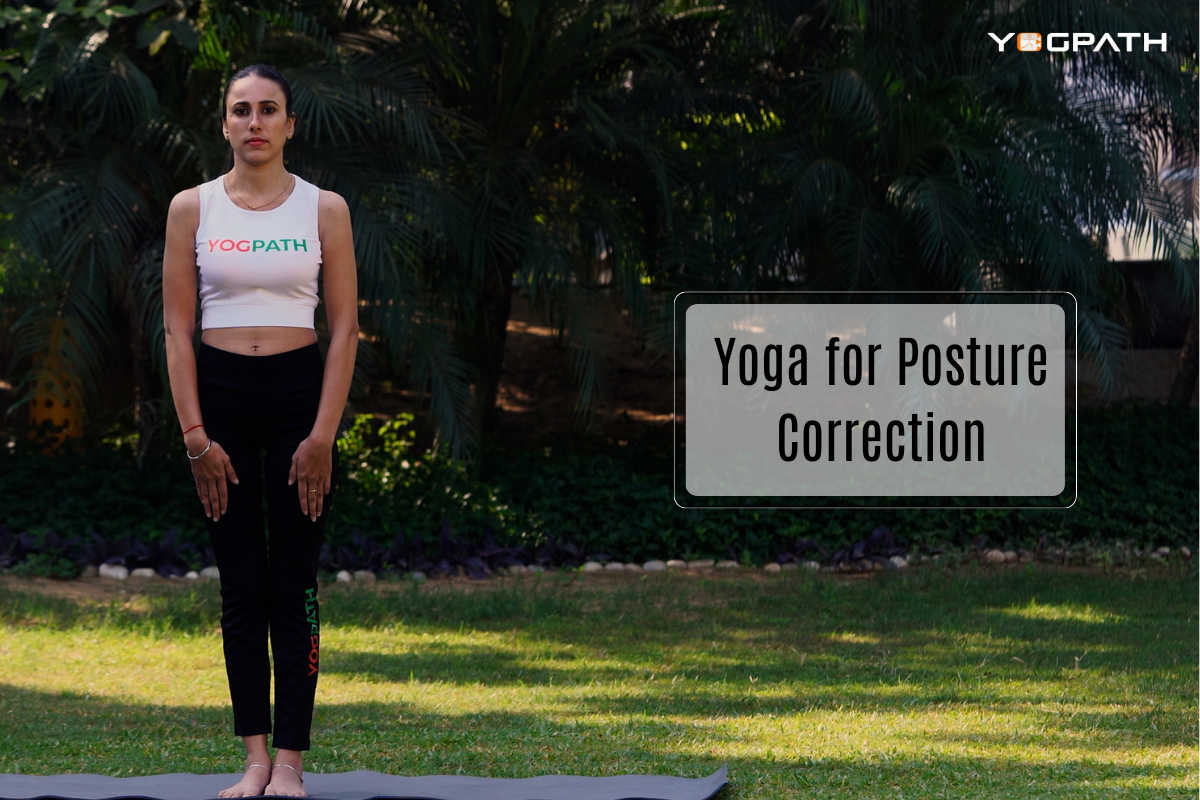
When a person’s body fat percentage is 30 or above and it is having a negative effect on their health, doctors diagnose them with obesity. Other indicators, such as waist circumference, body fat percentage, and health markers, may also be used to diagnose obesity in addition to a body mass index (BMI) of 30 or greater, which is the conventional diagnostic threshold for the condition.
Because it is linked to a multitude of health hazards, including cardiovascular disease, diabetes, some forms of cancer, and joint difficulties, obesity is a significant cause for worry when it comes to the general public’s health. Additionally, obesity may have a detrimental influence on an individual’s quality of life by negatively impacting their physical, mental, and emotional well-being. This is because obesity affects all three aspects of an individual’s health.
Variables that lead to obesity
Several variables may lead to obesity, some of which are inherited, some related to the environment, and still others related to lifestyle choices like eating poorly and not getting enough exercise. Obesity treatment often requires a mix of behavioral and psychological therapies, as well as lifestyle changes, such as adopting a nutritious diet and increasing the amount of regular physical exercise. In some instances, a doctor may also suggest that you take medicine or have surgery to help you lose weight.
Yoga for ladies who are overweight in the abdomen are.
Yoga has been demonstrated to be useful for women who have abdominal obesity, also known as central obesity, according to several studies. The buildup of excess fat in the abdominal region is characteristic of the condition known as abdominal obesity. This condition is linked to an increased risk of developing conditions such as diabetes and cardiovascular disease.
Women who were overweight or obese had substantial reductions in their body weight, body mass index (BMI), and waist circumference after participating in a 12-week yoga program, according to the findings of research that appeared in the Journal of Physical Activity and Health in 2016. Additional research that was conducted on women who had abdominal obesity and published in 2013 in the International Journal of Yoga discovered that a 6-month yoga intervention dramatically decreased waist circumference, body fat percentage, and hip-to-waist ratio.
Through the promotion of mindfulness and physical exercise, yoga may assist with weight reduction and lessen the severity of abdominal obesity. Certain types of yoga, such as vinyasa, power, and ashtanga, may serve as a cardiovascular exercise that helps with weight reduction and burns calories. In addition, yoga may enhance both general fitness and muscular strength, both of which can contribute to a reduction in total body fat and an improvement in body composition.
However, before beginning any new program of physical activity, it is essential to see a physician and choose a yoga practice that is suitable for one’s current fitness level as well as the fitness objectives that one wishes to achieve. A balanced approach that includes a range of physical activities, a healthy diet, and appropriate sleep is most likely to lead to lasting weight reduction as well as better overall health. Yoga should not be regarded as a replacement for a good diet and regular exercise schedule.
Do elements related to lifestyle moderate the effect?
The impact of yoga on weight reduction and obesity may be mediated by a variety of lifestyle variables. For instance, those who frequently practice yoga may also be more likely to adopt healthy behaviors such as engaging in regular physical exercise, maintaining a balanced diet, and getting the recommended amount of sleep. These aspects of lifestyle may be contributors to the beneficial impacts that yoga has on weight reduction and control, as well as to the good effects that yoga has been shown to have on weight and body composition.
In addition, the impact that yoga has on weight reduction may be moderated by several other behavioral and psychological variables. For instance, participating in yoga may assist in the reduction of stress, which has been proven to be connected with both excessive eating and the accumulation of extra pounds. In addition, practicing yoga may help cultivate mindfulness, which can lead to increased self-awareness as well as the ability to make healthy decisions about one’s diet and level of physical activity.
To summarise, there are several lifestyle variables, behavioral factors, and psychological factors that, in addition to playing a part in mitigating the effects of yoga’s potential benefits, may also play a role in weight reduction and control. A comprehensive strategy that includes a range of physical activities, a balanced diet, and healthy attitudes and behaviors has the highest probability of leading to long-term weight reduction and improvements in general health.
Modifications to one’s diet.
Dietary modifications are an essential component of both the treatment of obesity and the maintenance of excess weight. People may improve their general health, lose weight, and lower their chance of developing health issues associated with obesity by following a diet that is nutritionally sound, well-balanced, and satisfying.
- Reducing the total amount of calories that are ingested each day to induce caloric deficit and facilitate weight reduction is what is meant by the term “calorie restriction.”
- Diets that are low in carbs encourage consumers to consume a greater proportion of foods that are rich in protein and unsaturated fats. Examples of meals that are high in carbohydrates include bread, pasta, and sweets.
- Diets that are low in fat encourage consumers to consume fewer foods that are rich in saturated and trans fats, such as red meat and butter, in favor of foods that are high in unsaturated and beneficial fats, such as nuts, seeds, and oily fish. This kind of diet is known as a low-fat diet.
- Meal planning is the process of organizing and preparing one’s meals in advance to ensure that they are well-balanced and nutritious, as well as to limit the likelihood of overeating or making poor decisions about one’s food consumption.
- Eating mindfully is paying attention to the experience of eating, which might include the taste, texture, and perfume of food. The goal of mindful eating is to encourage better eating habits and cut down on excessive eating.
Science of Behavioral Processes
The field of behavioral science plays an important part in both the process of losing weight and managing existing weight. Individuals may be assisted in making better decisions that are supportive of their weight reduction objectives by gaining an understanding of the psychological and social aspects that impact food choices as well as levels of physical activity.
Attainable setting objectives, maintaining a record of one’s progress, and adopting healthy habits and routines are common components of behavioral techniques for weight reduction. For instance, people may become more conscious of their eating habits by maintaining a food diary, which can also help them discover areas in which they can make better choices.
Additionally, people may modify negative thinking patterns and emotional eating habits with the use of therapies such as cognitive behavioral therapy (CBT) and mindfulness-based stress reduction (MBSR). It has been demonstrated that having social support may enhance the results of weight reduction efforts, and group support and accountability can be useful as well.
The incorporation of behavioral strategies into a weight loss program can, in general, increase the chances of success by addressing the psychological and social factors that can contribute to weight gain. Behavioral strategies can be found in weight loss programs like Weight Watchers and Jenny Craig. On the other hand, it is essential to emphasize the need of combining the aforementioned tactics with nutritious food and an active lifestyle in a consistent manner.
Dietary interventions for obesity should be personalized to meet an individual’s specific needs and goals, and they should be accompanied by regular physical activity and other lifestyle changes. It is important to note that these dietary interventions should be combined with other lifestyle changes.











